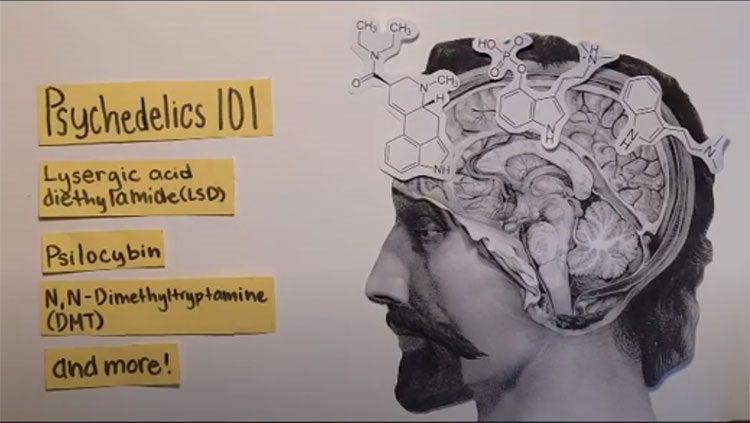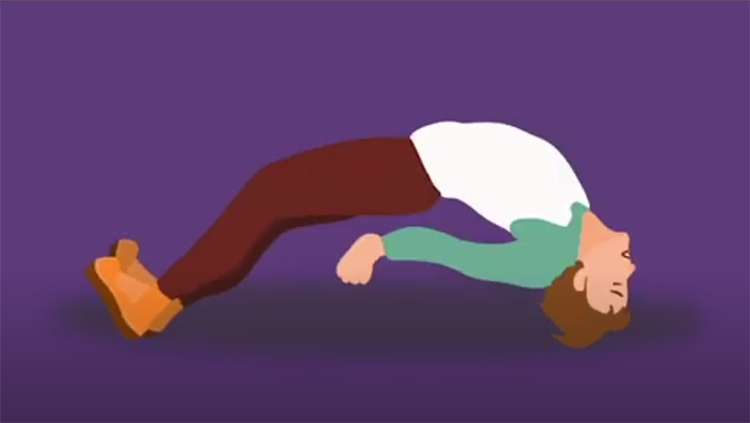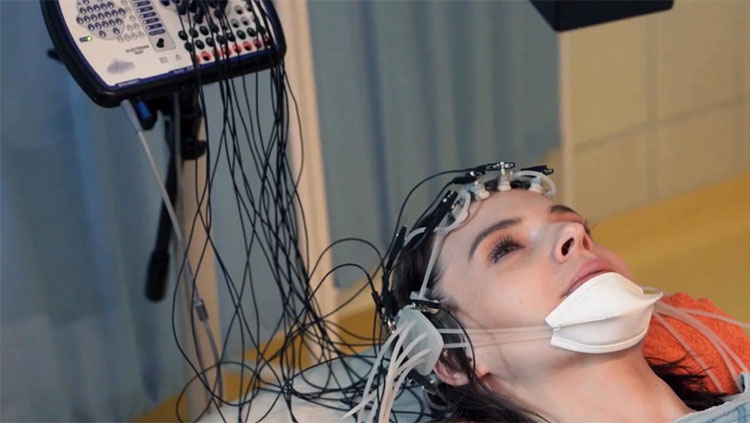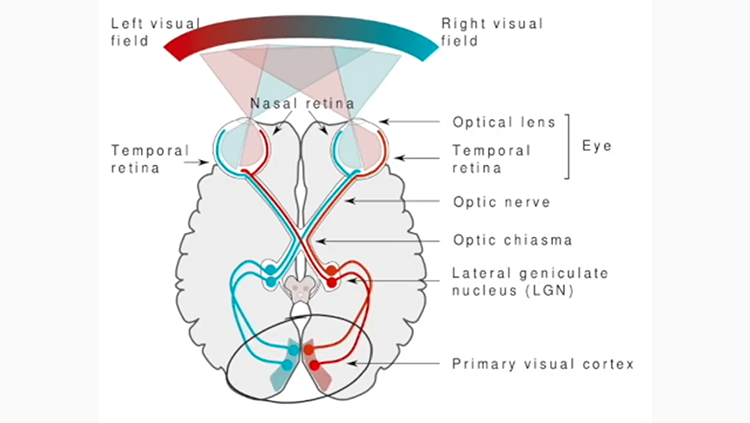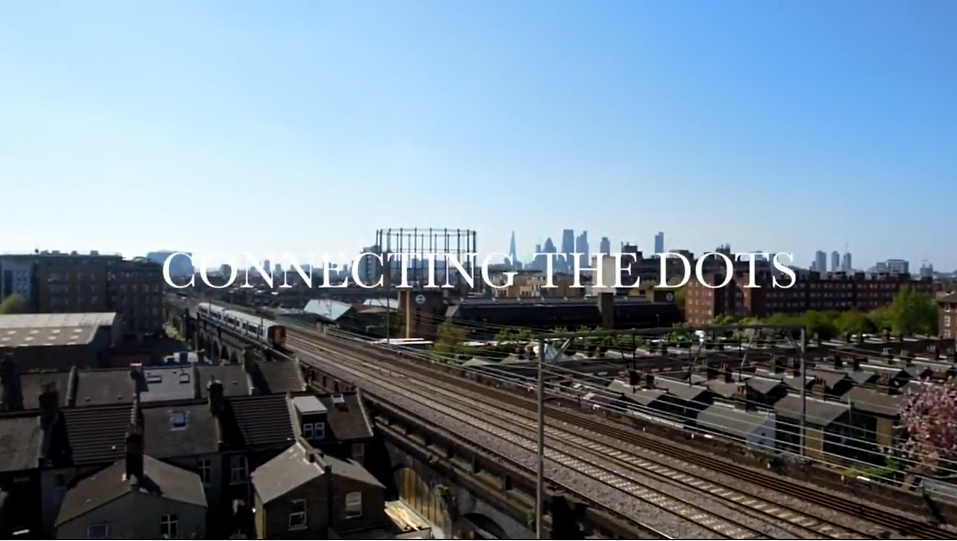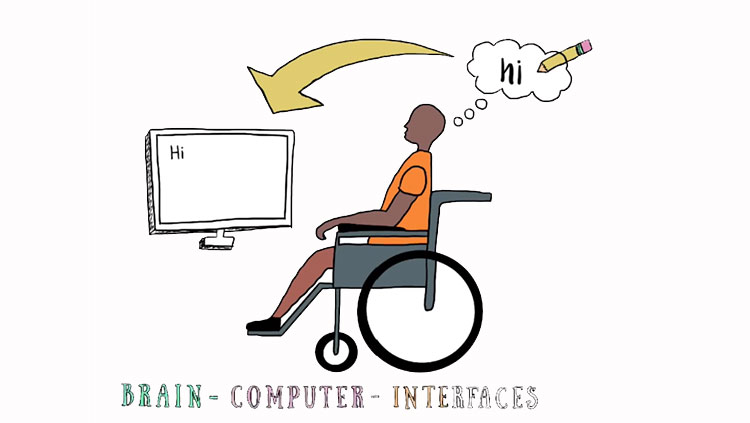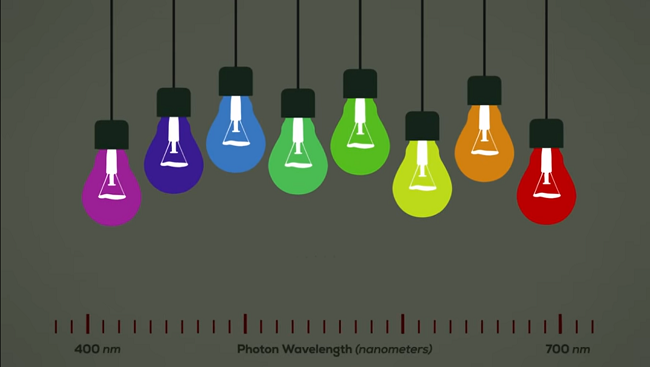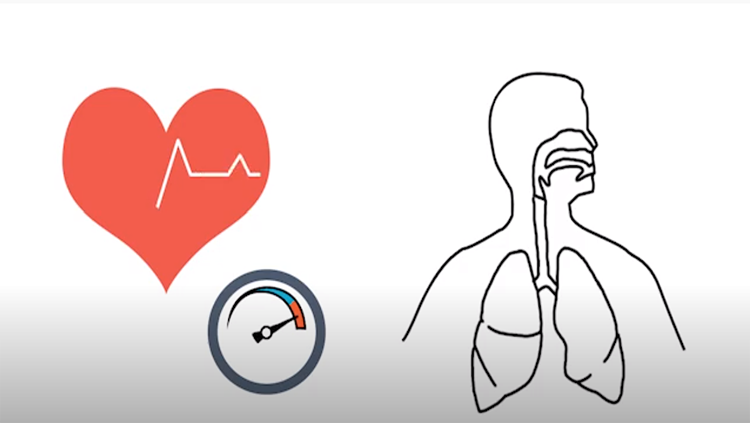Filter
-
(1)
-
(1)
-
-
(1)
-
(8)
-
(15)
-
(3)
-
(1)
-
(2)
-
(1)
-
(3)
-
(1)
-
(1)
-
(2)
-
(2)
-
(1)
-
(1)
-
(2)
-
(1)
-
(1)
-
(1)
-
-
(1)
-
(1)
-
-
(1)
-
(8)
-
(3)
-
(4)
-
(3)
-
(1)
-
-
(94)
-
(39)
-
(19)
-
(33)
-
(4)
-
(15)
-
-
(2)
-
(2)
-
-
(1)
-
(1)
-
-
(10)
-
(1)
-
(8)
-
(3)
-
-
(3)
-
(1)
-
(1)
-
(1)
-
-
(1)
-
(4)
-
(11)
-
(2)
-
(1)
-
(7)
-
(1)
-
-
(49)
-
(7)
-
(2)
-
(2)
-
(5)
-
(2)
-
(7)
-
(7)
-
(11)
-
(9)
-
-
(6)
-
(14)
-
(1)
-
(9)
-
(1)
-
(3)
-
(2)
-
-
(1)
-
(1)
-
(7)
-
(6)
-
(2)
-
(1)
-
(1)
-
-
(1)
-
(1)
-
-
(1)
-
(26)
-
(3)
-
(1)
-
(17)
-
-
(3)
-
(2)
-
(1)
-
-
(6)
-
(1)
-
(5)
-
(4)
-
-
(7)
-
(1)
-
(3)
-
(2)
-
(2)
-
-
(5)
-
(5)
-
-
(1)
-
(2)
-
(2)
-
(1)
-
(1)
-
-
(4)
-
(2)
-
(1)
-
(2)
-
-
(5)
-
(1)
-
(4)
-
-
(34)
-
(8)
-
(2)
-
(1)
-
(7)
-
(10)
-
-
(1)
-
(1)
-
(1)
-
-
(5)
-
(8)
-
(6)
-
(3)
-
-
(1)
-
(1)
-
-
(2)
-
(2)
-
-
(3)
-
(1)
-
(3)
-
-
(7)
-
(4)
-
(3)
-
(2)
-
(5)
-
(1)
-
-
(2)
-
(1)
-
(1)
-
-
(28)
-
(9)
-
(7)
-
(4)
-
(1)
-
(12)
-
-
(160)
-
(1)
-
(10)
-
(4)
-
(25)
-
(29)
-
(12)
-
(10)
-
(25)
-
(2)
-
(21)
-
(6)
-
(15)
-
(9)
-
(8)
-
(67)
-
(9)
-
(29)
-
-
(13)
-
(1)
-
(3)
-
(1)
-
(4)
-
(1)
-
(4)
-
(1)
-
-
(6)
-
(6)
-
-
(5)
-
(2)
-
(212)
-
(176)
-
(13)
-
(7)
-
(5)
-
(1)
-
(19)
-
(10)
-
(24)
-
(6)
-
(176)
101 - 110 of 229 results
-
A rebound in psychedelics research questions whether their clinical use can impact neurodegenerative diseases like Alzheimer’s.
-
Misbehaving neurons trigger seizures in the neurological disorder epilepsy.
-
Some brain signals once thought to be "noise" actually encode useful information. Lessons from the physics of flow encourage us to reconsider these unpredictable signals and now scientists are finding uses for them in medicine.
-
Several timekeeping brain regions work together to create our perception of time.
-
A picture of a dress captured the attention of millions around the world and raised a fundamental question – how could we perceive the same thing so differently?
-
This video takes a closer look at how grid cells and place cells in our brain give us a sense of where we are in space, and where we need to go.
-
Brain-machine interfaces convert our brain signals to actions and are powered by electricity. The same power source may be used to treat diseases and disorders.
-
How do the various wavelengths of visible light become what we know as color?
-
Childhood trauma physically alters the brain, with long-lasting consequences.
-
Afterimages -- what are they, and how are they generated by the color vision system of the brain?


